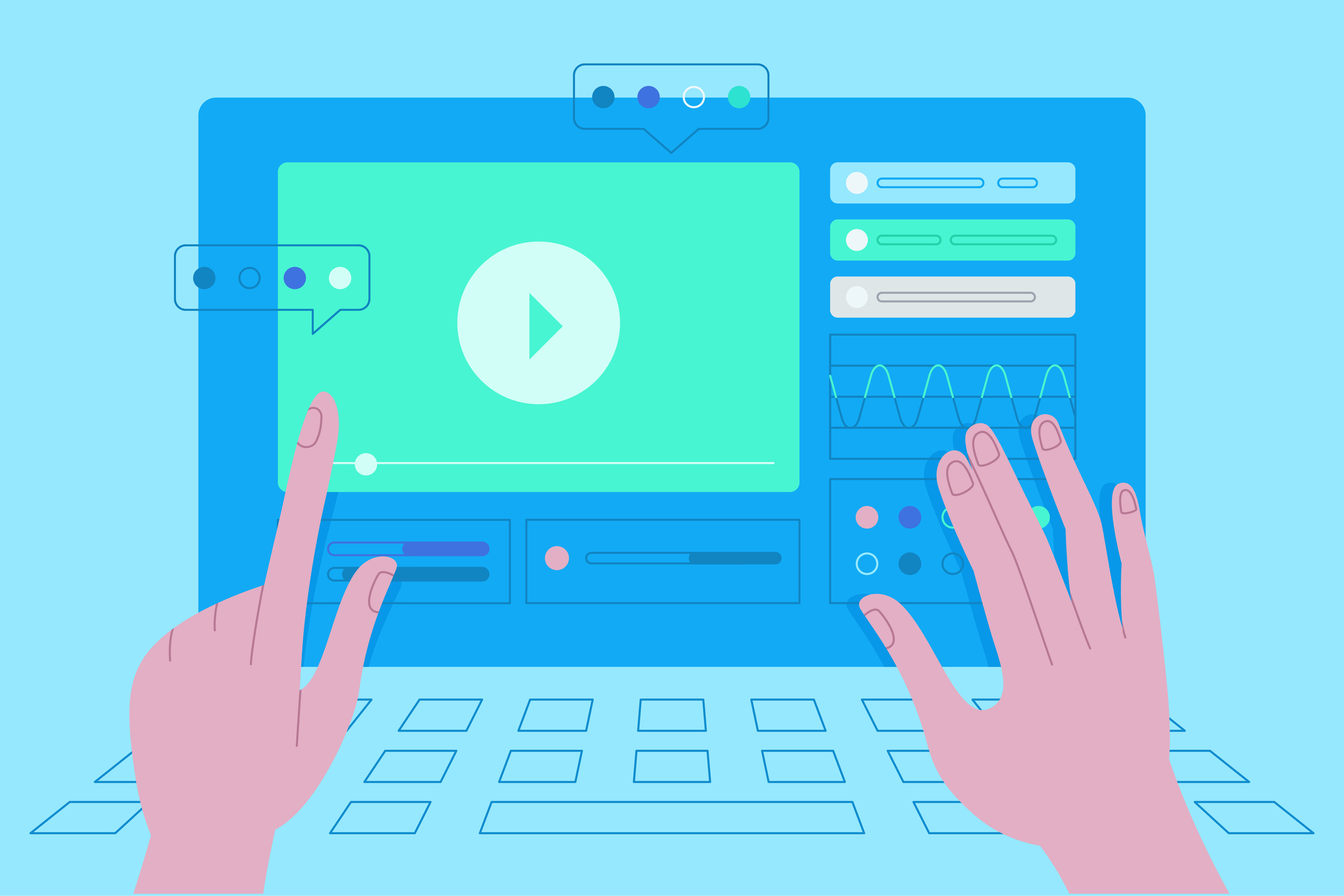
Imagine a Haitian Creole-speaking child in Florida navigating an eLearning module filled with culturally unfamiliar examples. Or a child from a Somali family in Minneapolis struggling through an eLearning module filled with unfamiliar idioms and cultural references that don’t reflect their daily life.
Now imagine those same materials available in the student’s native language, with culturally relevant visuals and references, accurate subtitles, and even sign language support. That’s the transformative power of multimedia localization in education.
In a multilingual, digital world, inclusive education starts with content that everyone can access and understand. For educational institutions that are looking to reach diverse student populations, localization is no longer a nice-to-have; it’s essential. This makes the ability to translate materials effectively critical.
The Challenge: One Size Doesn’t Fit All
As education shifts increasingly online, schools, universities, and e-learning platforms are racing to produce digital content (videos, animations, interactive modules) to keep learners engaged. But when this content is produced in a single language or cultural context, it leaves many students behind.
Students learning in a second language face reduced comprehension and retention. Those with hearing or vision impairments may be completely excluded without accessibility features added to the original content produced. And when imagery and storytelling reflect only one culture, learners from different backgrounds often struggle to relate or feel included.
The Solution: Inclusive Learning Through Multimedia Localization
Multimedia localization makes educational content accessible, relatable, and effective for all learners, regardless of their language, location, or abilities.
What methods/techniques can be used to achieve this goal?
- Subtitles and Translations: Accurate, well-timed subtitles ensure that non-native speakers or hard-of-hearing students can follow along. Accurate, nuanced translation into regional dialects helps bridge the gap for learners in underserved areas.
- Voiceover and Dubbing: Native voice talent improves clarity and emotional resonance, especially for younger learners who may not read subtitles quickly.
- Culturally relevant visuals: Localizing animations, examples, and scenarios creates familiarity, making content more engaging and meaningful.
- Accessibility features: Sign language overlays and captions ensure that students with visual or hearing impairments can learn alongside their peers, respectively.
Acutrans specializes in multimedia localization that meets not just language needs, but also accessibility and cultural relevance, three pillars of inclusive education. Whether you’re localizing an educational app, online course, or training module, our expert, professional translation teams ensure your content speaks every student’s language, literally and figuratively.
The Impact: Better Learning, Broader Reach
The benefits of multimedia localization go beyond equity. They’re strategic!
Localized content:
- Improves comprehension and retention among multilingual students.
- Expands your audience, reaching new markets and underserved communities.
- Supports compliance with accessibility regulations and educational standards.
- Boosts engagement with learners who feel represented and included.
Contact Acutrans
At Acutrans, we’ve helped education and eLearning clients create inclusive, localized content that empowers students across the globe. From subtitling to culturally adaptive storytelling, we bring human nuance and technical precision to every project.
Learn more about our education and interpretation translation services. Acutrans’ expert translators and interpreters are well-trained in academic language, cultural sensivity, and education compliance, helping institutions deliver clear, accurate, and inclusive communication for every individual.
This article was written by Navier Bordi, Strategic Account Manager
